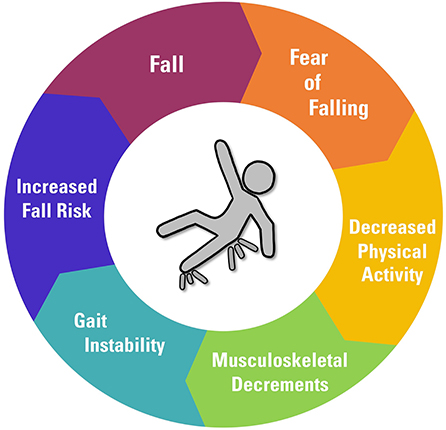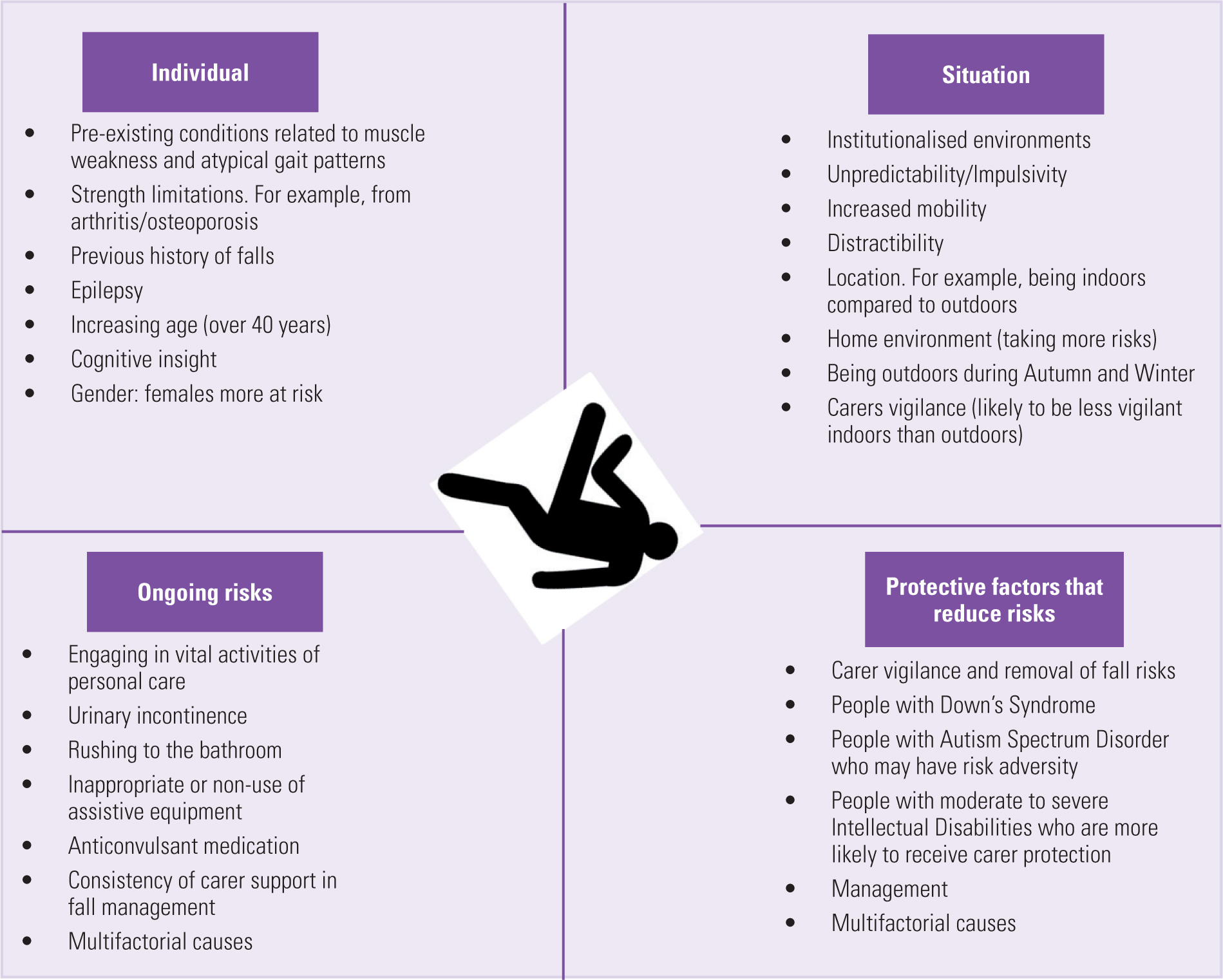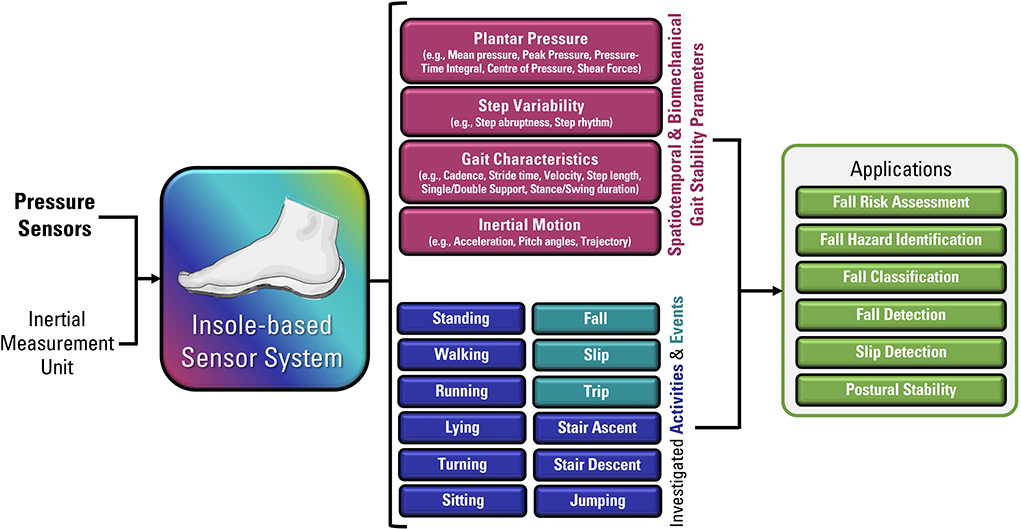Some Known Details About Dementia Fall Risk
Getting The Dementia Fall Risk To Work
Table of ContentsDementia Fall Risk for BeginnersWhat Does Dementia Fall Risk Mean?Dementia Fall Risk Can Be Fun For EveryoneDementia Fall Risk - The Facts
A fall threat assessment checks to see just how likely it is that you will certainly fall. The evaluation normally consists of: This includes a series of concerns about your overall health and if you've had previous falls or issues with equilibrium, standing, and/or walking.STEADI consists of testing, assessing, and intervention. Interventions are suggestions that may minimize your danger of dropping. STEADI consists of three actions: you for your threat of succumbing to your risk elements that can be enhanced to attempt to stop falls (for instance, equilibrium troubles, impaired vision) to lower your danger of dropping by using effective methods (as an example, supplying education and learning and sources), you may be asked numerous inquiries including: Have you fallen in the past year? Do you really feel unstable when standing or strolling? Are you bothered with dropping?, your provider will certainly test your stamina, balance, and gait, using the complying with autumn assessment tools: This test checks your stride.
If it takes you 12 secs or more, it may mean you are at greater threat for a fall. This test checks strength and equilibrium.
The settings will certainly obtain more difficult as you go. Stand with your feet side-by-side. Relocate one foot midway onward, so the instep is touching the big toe of your various other foot. Relocate one foot fully before the other, so the toes are touching the heel of your various other foot.
Excitement About Dementia Fall Risk
Many falls happen as a result of multiple contributing variables; as a result, taking care of the threat of falling starts with recognizing the factors that contribute to fall danger - Dementia Fall Risk. Some of the most pertinent risk factors include: History of prior fallsChronic medical conditionsAcute illnessImpaired gait and equilibrium, lower extremity weaknessCognitive impairmentChanges in visionCertain high-risk medications and polypharmacyEnvironmental variables can likewise enhance the threat for falls, including: Insufficient lightingUneven or damaged flooringWet or unsafe floorsMissing or harmed hand rails and get hold of barsDamaged or incorrectly equipped tools, such as beds, wheelchairs, or walkersImproper use of assistive devicesInadequate supervision of individuals residing in the NF, including those who show aggressive behaviorsA successful autumn risk monitoring program calls for an extensive clinical assessment, with input from all participants of the interdisciplinary group

The care plan need to also consist of interventions that are system-based, such as those that advertise a risk-free setting (proper lighting, hand rails, grab bars, and so on). The effectiveness of the treatments ought to be reviewed periodically, and the care plan changed as required to show modifications in the autumn danger evaluation. Applying a loss danger administration system making use of evidence-based finest method can reduce the occurrence of drops in the NF, while restricting the capacity for fall-related injuries.
What Does Dementia Fall Risk Do?
The AGS/BGS standard recommends evaluating all grownups matured 65 years and older for loss risk every year. This testing includes asking clients whether they have actually fallen 2 or even more times in the past year or sought medical attention for a fall, or, if they have not dropped, whether they really best site feel unsteady when walking.
Individuals who have actually fallen when without injury ought to have their equilibrium and gait assessed; those with stride or balance abnormalities should receive additional assessment. A background of 1 loss without injury and without gait or balance troubles does not call for more assessment beyond ongoing yearly loss threat testing. Dementia Fall Risk. A loss risk assessment is required as part of the Welcome to Medicare examination

How Dementia Fall Risk can Save You Time, Stress, and Money.
Recording a falls background is among the top quality indications for loss prevention and monitoring. An essential component of risk analysis is a medication testimonial. Several courses of drugs enhance loss risk (Table 2). Psychoactive medications specifically are independent predictors of drops. These medicines tend to be sedating, change the sensorium, and harm equilibrium and gait.
Postural hypotension can often be relieved by decreasing the dose of blood pressurelowering medicines and/or stopping medicines that have orthostatic hypotension as an adverse effects. Use above-the-knee support hose and copulating the head of the bed raised might additionally minimize postural reductions in high blood pressure. The preferred aspects of a fall-focused physical examination are displayed in Box 1.

A yank time higher than or equivalent to 12 seconds suggests high autumn risk. The 30-Second Chair Stand examination analyzes reduced extremity stamina and balance. Being unable to stand from a chair of knee elevation without utilizing one's arms suggests raised loss threat. The 4-Stage additional hints Balance test examines static balance by having the person stand in 4 settings, each considerably more challenging.